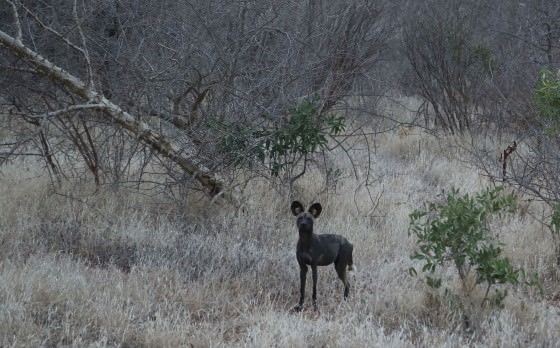For every ten hunts that a pride of lions goes on, they will typically only make three kills. African wild dogs on the other hand have at least an 80% success rate.
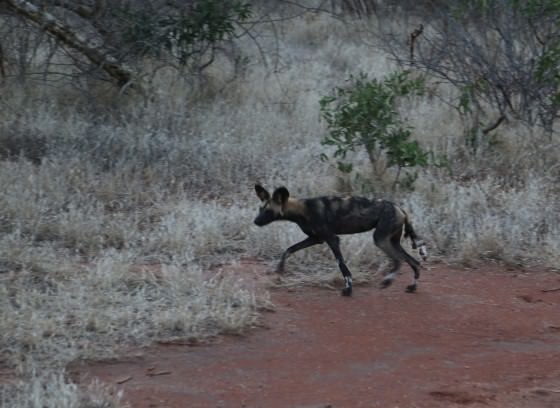
As a group of six to twenty individuals they are a formidable force. In areas with abundant game, packs of 50 or more are not unheard of, and before they became endangered, packs could be even larger. However, in semi-arid regions like Tsavo, where food is more scarce, pack sizes are generally smaller and cover a much larger territory.

Wild dogs are able to pursue their prey over long distances and hunt cooperatively using high-pitched calls to coordinate extraordinarily effective attacks. Swift kills are made by ripping out the prey's entrails rather than by suffocation as is the case with most other predators.
Their success as a species is due to their incredibly strong sense of family and cooperation. Everything they do is for the group and for the survival of their pups. Each pack has only one monogamous breeding pair whose young are cared for by the entire group. During reproduction, the alpha female will select an underground den and will remain in the den until her puppies are ready to follow on hunts. During this time, the rest of the pack shares the responsibility of caring for the young. Some become designated babysitters charged with protecting the pups from predators and others will deliver food to the mother and pups by regurgitation.
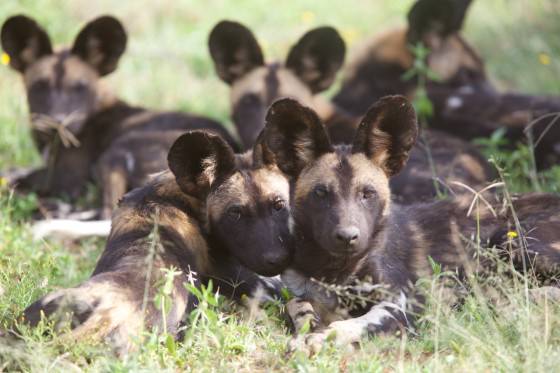
Hierarchy is determined by submission rather than dominance, and violent confrontations are actively avoided. This adaptation minimises injuries to pack members and ensures optimal success during cooperative hunts. Having the support of a large pack is absolutely critical. In fact, it has been observed that packs with fewer than six members are rarely successful because they lose the ability to hunt and care for each other.
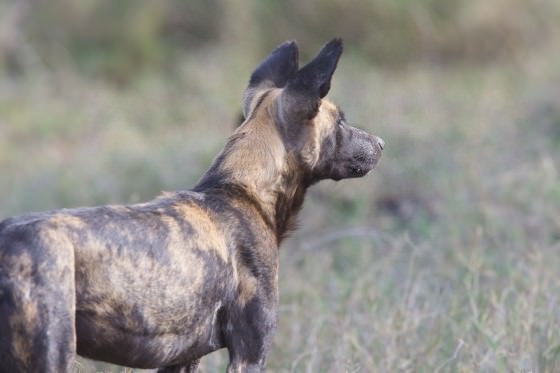
Wild dogs are known by several other names including African hunting dog and African painted dog, and their scientific name "Lycaon pictus" is a combination of Greek and Latin meaning painted wolf. As far as their reputation goes, they get mixed reviews.
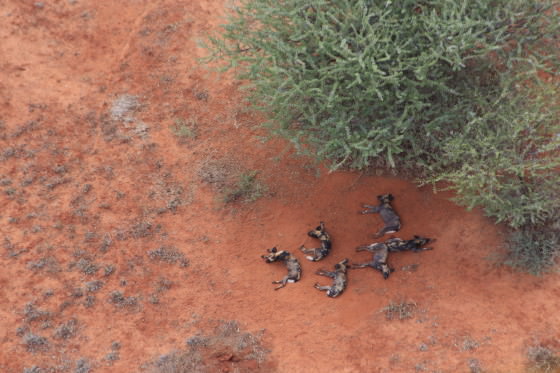
Their expansive territories sometimes bring them into contact with domestic livestock where they can have a devastating effect. Coupled with the violent way in which they kill prey, this has led to many farmers and ranch owners viewing them as cruel and destructive. Consequently, during the last century their numbers have fallen from 500,000 to just around 7,000. A contributing factor has been the dramatic loss of habitat causing them to go extinct in the many remaining wild areas that are simply not big enough to support them anymore.
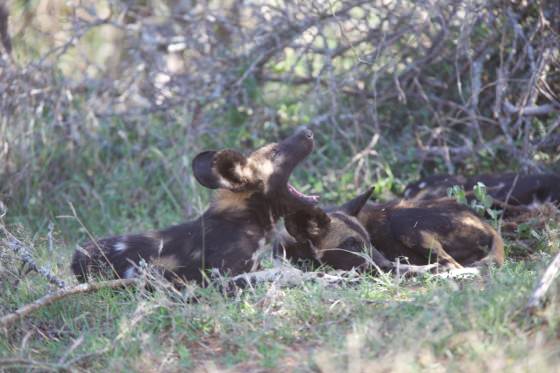
During the last decade, however, a resurgence in wild dog numbers has been observed across Kenya with sightings becoming more and more common. However, they are still very vulnerable and increasingly threatened by loss of habitat. If human conflict was an issue in the past it is only going to become more of one in the future.

The fate of the painted wolf is uncertain, but like all predators they serve a vitally important function. Not only do they weed out the weak, but they keep populations in check and in doing so support biodiversity. It is easy to overlook the significance of a predator until it is gone, but if history is any judge we would do well to keep this one around.
